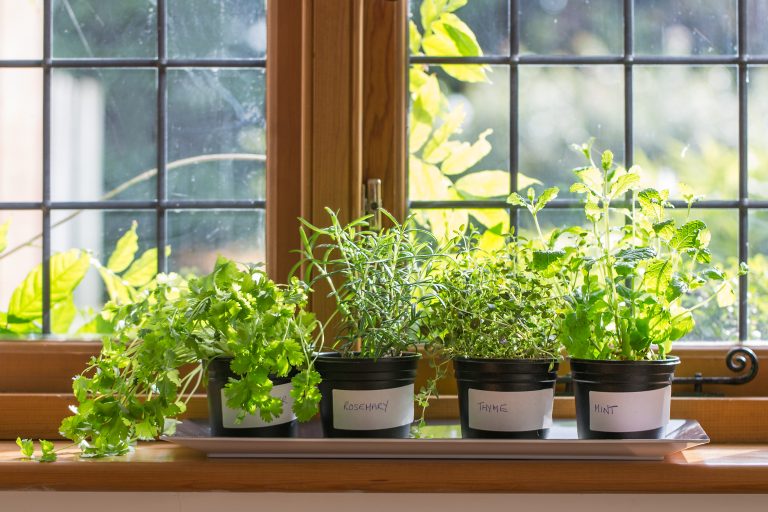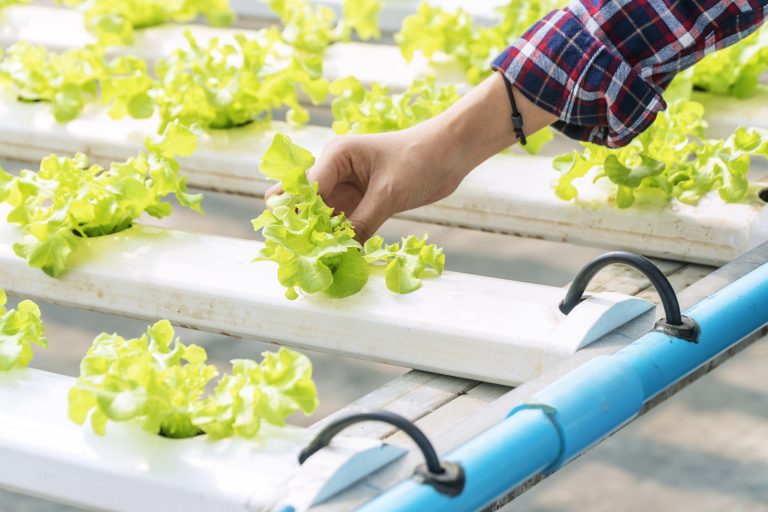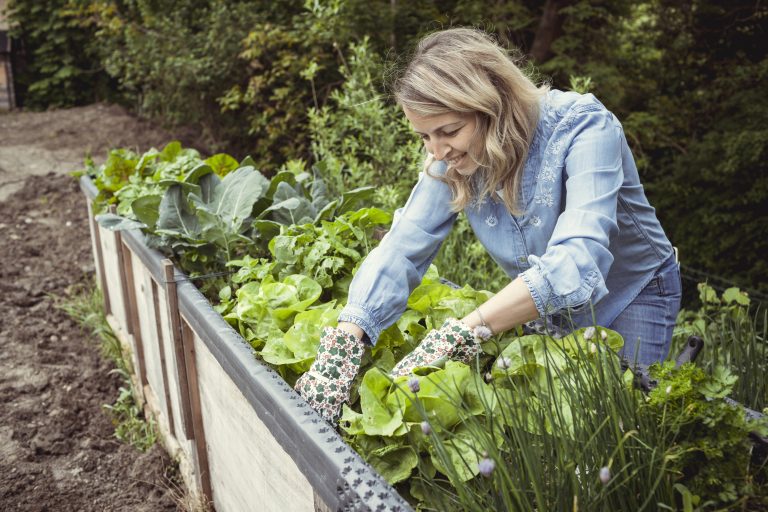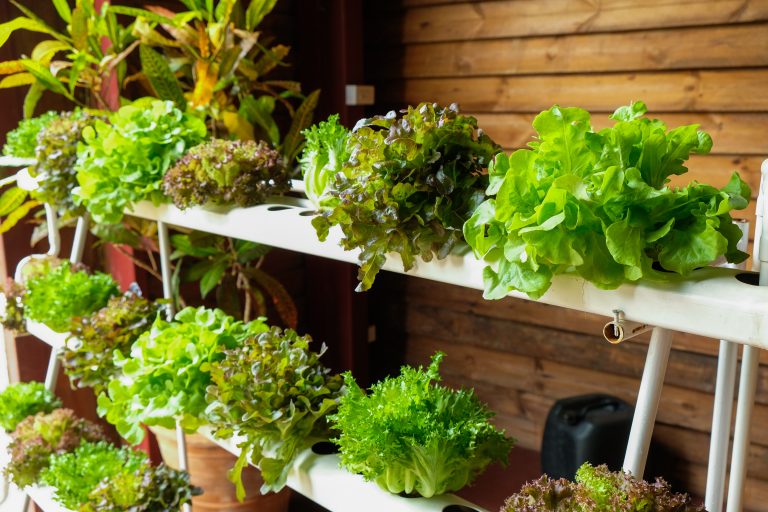5 Top Gardening Methods for Maximum Yield
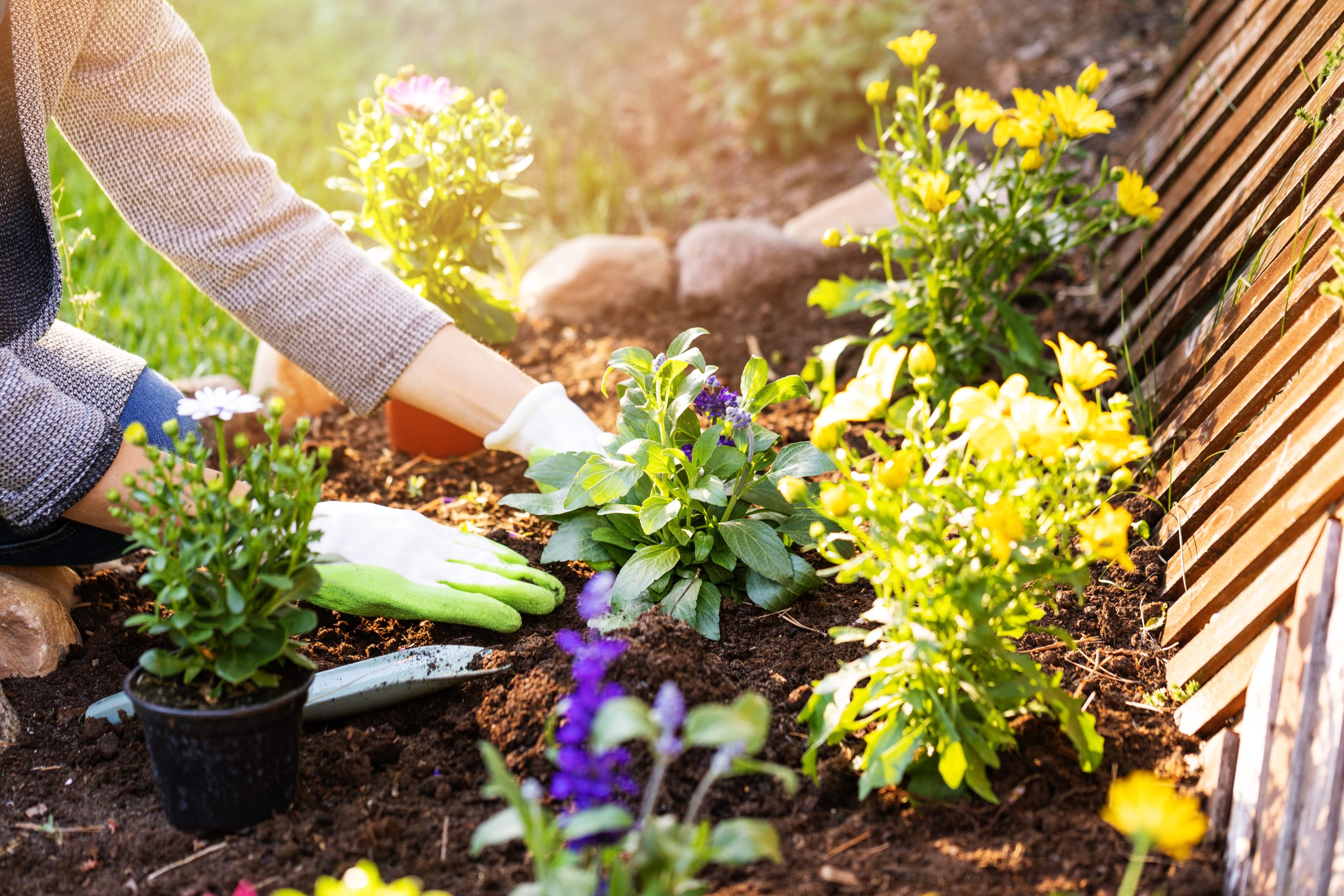
Are you itching to transform your little patch of concrete into a lush, productive oasis? Well, buckle up, green thumbs, because we’re about to dive into five top gardening methods that’ll have you harvesting a bounty in even the tiniest of urban spaces.
High-yield gardening maximizes food production in small urban spaces, emphasizing efficiency in utilizing space, light, and resources. Overcoming city gardening challenges requires strategic planning, turning even cramped conditions into bountiful harvests through smart techniques, ultimately providing personal satisfaction with homegrown produce.
1. Square Foot Gardening
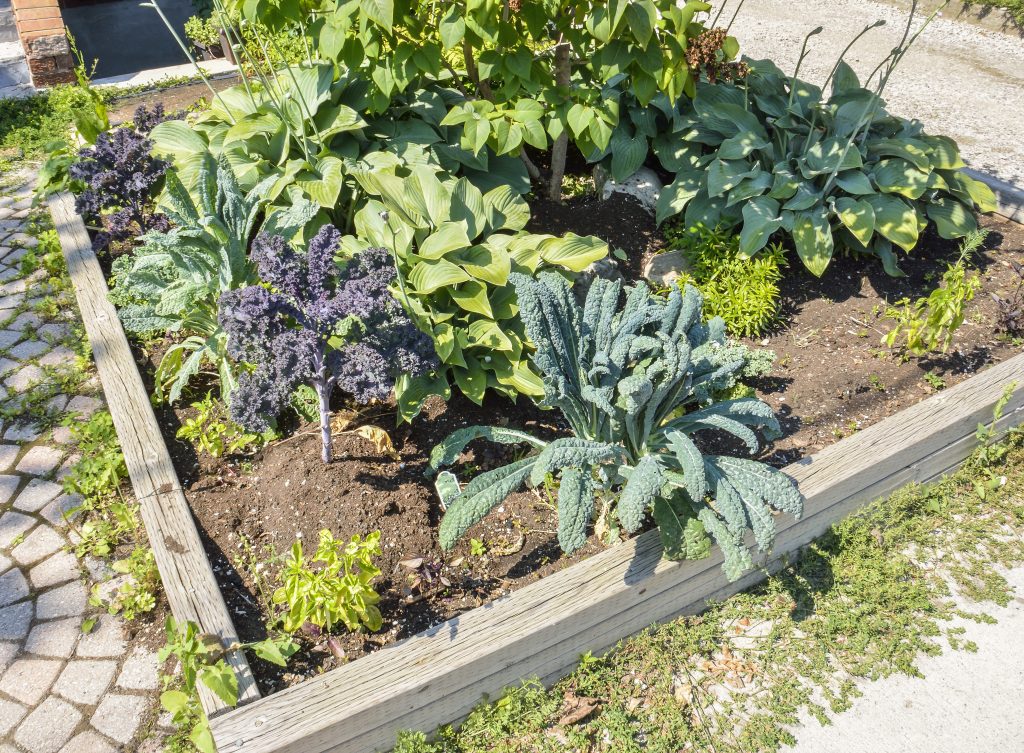
Square foot gardening, devised by Mel Bartholomew, is a compact and efficient method that maximizes yield in limited spaces. Dividing the growing area into 1-foot squares and planting each section strategically, not only saves space but also minimizes back strain with everything within arm’s reach, reducing weeding and watering efforts.
This meticulous and visually appealing grid system is accessible to all, making gardening more enjoyable, reducing waste, and offering precise control over soil conditions for optimal plant growth, especially beneficial in urban environments with less-than-ideal ground conditions.
Hey hey! Don’t forget to subscribe to get our best content 🙂
2. Vertical Gardening Essentials
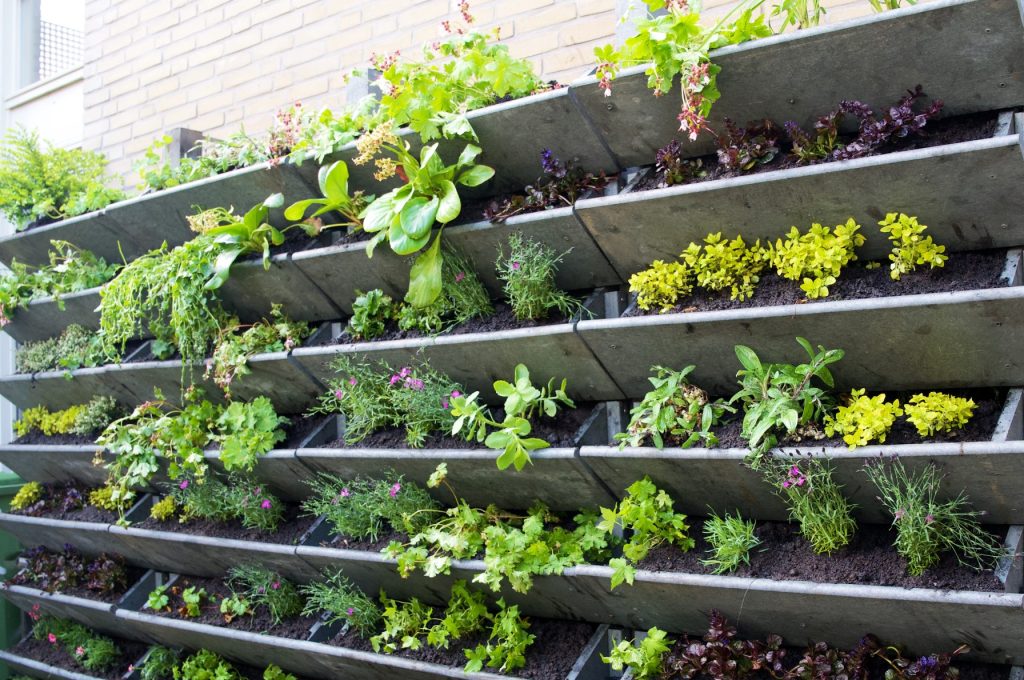
Vertical gardening, akin to a high-rise for plants, transforms walls into lush, edible tapestries—ideal for urban spaces with limited floor area. Choosing climbers like beans and tomatoes, vertical gardening not only adds greenery but also protects plants from soil-borne pests.
It’s a practical, visually appealing concept, turning your space into a living mural and providing the convenience of harvesting fresh herbs while cooking. Beyond saving space, vertical gardens create an illusion of spaciousness, utilizing every inch for a continuous yield, improving air circulation, and offering shade for delicate greens. It’s gardening in the sky, a feast for both plants and you.
3. Succession Planting Strategies
Succession planting is the art of staggered seed sowing, ensuring a continuous harvest rather than a sudden abundance. By planting small batches of crops every few weeks, you orchestrate a season-long conveyor belt of fresh produce.
It’s a gardening superpower, offering a constant cycle of life and growth, avoiding overwhelming harvests, and keeping your garden beds productive.
This technique not only provides a steady supply of fresh produce but also helps outsmart pests and diseases by disrupting their life cycle. Succession planting is a simple yet powerful strategy accessible to beginners, promising a garden that keeps on giving throughout the season.
4. Companion Planting Basics
Companion planting is the gardening buddy system, pairing plants strategically to enhance growth, deter pests, and increase yields. It’s like creating a supportive micro-community where each plant plays a role in the ecosystem. The basics are simple: some plants are friends, like tomatoes with basil and marigolds, while others, like cabbage and fennel, are adversaries.
With the right combinations, companion planting can lead to spectacular results, from vibrant gardens to natural pest management. It’s a horticultural match-making game that fosters thriving partnerships and reminds us that, in gardening as in life, we’re better together.
In the video, Garden Answer explains –
Garden Answer
- Introduction to Companion Planting: The video provides a basic overview of companion planting, emphasizing the benefits of planting certain crops together in the garden.
- Example of Companion Planting with Tomatoes and Basil: The presenter received a garden gem tomato and amazil basil, known to be good companion plants, and decided to plant them together in a pot.
- Consideration of Size and Growth Habit: Companion planting involves considering the size and growth habits of plants. For instance, vining cucumber can be trellised to cast shade, providing an opportunity to plant shade-loving crops like greens and spinach beneath.
- Planting for Weed Suppression: Allowing vine crops to grow on the ground next to other plants can suppress weed growth by blocking light and water, reducing competition for nutrients.
- Use of Herbs and Flowers for Pest Control: Planting herbs like basil, thyme, and flowers like marigolds can either repel or attract insects. For example, basil can repel tomato hornworms, and marigolds can repel pests while zinnias attract beneficial ladybugs.
- Consideration of Root Depth: To maximize nutrient efficiency, it’s essential to consider the root depth of vegetables. Shallow-rooted, medium-rooted, and deep-rooted vegetables should be strategically organized to avoid competition for nutrients.
- Use of Companion Plants as Trellises: Taller and sturdy plants like corn and sunflowers can act as natural trellises for climbing plants such as pole beans.
- Importance of Nutrient-Rich Soil: Adding fertilizers like biotone starter fertilizer to raised beds and containers provides plants with a slow-release source of nutrients for optimal growth.
- Placement of Companion Plants in the Garden: The video shows the presenter planting various companion plants in different areas of her vegetable garden, strategically placing them for mutual benefits.
- Encouragement to Explore More: The video serves as a basic introduction to companion planting, encouraging viewers to explore more detailed guides available on the internet for specific crops and combinations.
5. Intensive Raised Bed Techniques
Intensive raised bed gardening is the high-intensity interval training for plants, maximizing results in minimal space. Raised beds provide premium conditions, warming up faster, draining well, and allowing tailored soil mixes.
The absence of traditional walkways in raised beds lets you tightly pack plants, shading out weeds while maintaining a delicate balance for optimal growth. The transition to raised beds boosts yields, reduces physical strain, and offers a solution for challenging urban soils. With these tips, transform concrete spaces into vibrant paradises and sow the seeds for a flourishing urban garden.

